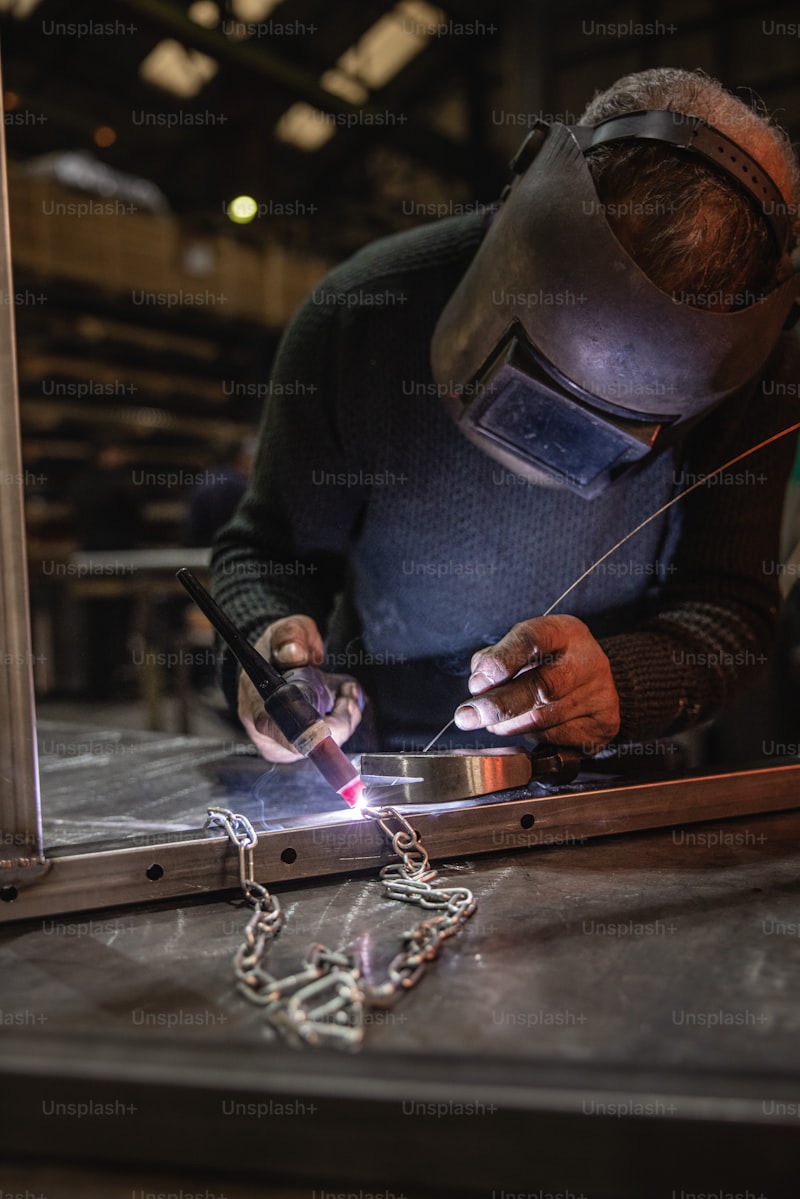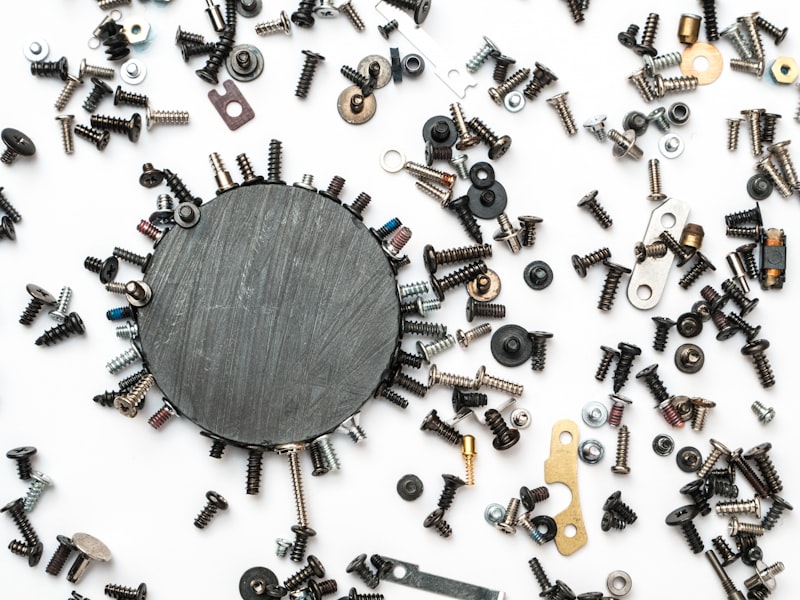Firstly, gather all the necessary tools and replacement parts. You’ll typically need a socket wrench set, torque wrench, new timing chain kit, gasket sealant, and possibly a harmonic balancer puller depending on your vehicle.
Start by disconnecting the car battery to ensure safety throughout the repair process. Then, locate the timing chain cover and remove it by loosening the bolts. This cover protects the timing chain and other components from debris and contaminants.
Next, carefully inspect the timing chain and related components for any signs of damage or excessive wear. Look out for loose guides or tensioners, which may also need replacement. It’s crucial to address these issues to prevent future problems.
Once you’ve assessed the condition, release the tension on the timing chain tensioner if necessary, and remove the old timing chain. Take note of the orientation and positioning of the chain and gears to ensure proper installation of the new components.
Before installing the new timing chain, apply a thin layer of gasket sealant to the timing chain cover to prevent leaks. Then, carefully place the new timing chain onto the gears, ensuring it’s properly aligned according to your vehicle’s specifications.
After securing the new timing chain, reinstall the timing chain cover and tighten the bolts gradually and evenly. Be cautious not to over-torque the bolts, as this can damage the cover or create leaks.
Finally, reconnect the car battery and start the engine to check for proper operation. Listen for any unusual noises and monitor the engine’s performance closely. If everything sounds good and runs smoothly, you’ve successfully repaired your car’s timing chain!
By following these steps methodically and with attention to detail, you can effectively repair your car’s timing chain and restore optimal engine performance. Remember, if you’re unsure or uncomfortable with any step, it’s always wise to consult a professional mechanic for assistance.
Mastering Mechanics: A Detailed Guide to Fixing Your Car’s Timing Chain
Is your car making strange noises or experiencing a loss of power? It might be time to check your timing chain. Understanding how this crucial component works can save you from costly repairs down the road.
The timing chain is like the conductor of an orchestra, coordinating the movements of the engine’s internal parts. It connects the crankshaft and camshaft, ensuring they rotate in perfect harmony. Over time, the timing chain can wear out due to high mileage or lack of regular maintenance, leading to issues like engine misfires or even complete failure.
To fix a timing chain issue, you’ll need a few tools and a systematic approach. Start by identifying the symptoms – rattling noises from the engine or difficulty starting the car could indicate a timing chain problem. Next, consult your car’s manual to locate the timing chain and understand the specific steps for your vehicle model.
Begin by disconnecting the battery and removing any components blocking access to the timing chain. Take care to mark the position of the chain and gears before removal, ensuring proper alignment during reassembly. Inspect the chain for signs of wear, such as stretched links or excessive slack.
Replacing the timing chain involves precise installation of the new chain, ensuring it’s properly tensioned according to manufacturer specifications. This process may require specialized tools like a chain tensioner or camshaft locking tool to achieve accurate alignment.
Once installed, double-check the timing marks and rotate the engine manually to verify smooth operation. Reassemble all components carefully, reconnect the battery, and start the engine to listen for any abnormal noises.
By mastering the mechanics of your car’s timing chain, you not only save on repair costs but also gain a deeper understanding of your vehicle’s inner workings. Regular maintenance and timely repairs ensure smooth performance and reliability on the road.
DIY Auto Care: Step-by-Step Instructions for Timing Chain Repair
Thinking about tackling a timing chain repair on your own? It might sound daunting, but with the right guidance, it’s totally doable. The timing chain is a crucial part of your engine, responsible for synchronizing the rotation of the crankshaft and camshaft. Over time, it can wear out or stretch, causing issues like poor engine performance or even engine damage if not addressed promptly.
Before diving in, gather your tools: a socket wrench set, torque wrench, timing chain kit (including the new chain, tensioner, and guides), and your vehicle’s service manual for specifications. Safety first: make sure the engine is cool and disconnect the battery.
Start by removing the engine cover and any components blocking access to the timing chain. Carefully detach the old timing chain tensioner and guides, noting their placement for reinstalling the new ones correctly. Use your service manual to locate the timing marks on the crankshaft and camshaft gears – these ensure proper alignment when installing the new chain.
Next, loosen the bolts securing the camshaft and crankshaft gears, allowing you to remove the old chain. Take your time here to avoid damaging other engine components. Once removed, compare the old chain with the new one from your kit to ensure they match in length and design.
Now, install the new timing chain by threading it through the engine, following the manufacturer’s instructions on tensioner placement and torque specifications for all bolts. Double-check the timing marks’ alignment to guarantee the correct positioning of the gears.
Once everything is securely in place, reassemble the engine components in reverse order of removal. Replace the engine cover, reconnect the battery, and start the engine to verify proper operation. Listen for any unusual sounds and monitor the engine for a smooth idle.
Essential Tools and Tips for Successful Timing Chain Replacement
Firstly, let’s talk about the tools you’ll need. A reliable torque wrench is a must-have for precise tightening of bolts to manufacturer specifications. This ensures that the timing chain is properly tensioned, crucial for smooth engine operation. Additionally, invest in a high-quality socket set with various sizes to accommodate different bolts and fasteners in your engine bay. A harmonic balancer puller will also come in handy for removing the crankshaft pulley without damaging it.
Next, consider the importance of a timing chain locking tool. This tool holds the chain in place once you’ve set the timing marks, preventing it from slipping and throwing off your timing. It’s a small tool that makes a big difference in ensuring your engine stays in sync throughout the replacement process.
When it comes to tips, preparation is key. Before you start, familiarize yourself thoroughly with your vehicle’s service manual to understand the specific steps and precautions involved. Clear workspace and organize your tools beforehand to avoid any last-minute scrambling.
Another crucial tip is to inspect related components while you have access. Check the condition of the timing chain tensioner, guides, and sprockets. If they show signs of wear or damage, it’s wise to replace them along with the timing chain to prevent future issues and teardowns.
Timing chain replacement is all about precision and patience. Take your time to align the timing marks accurately and double-check them before proceeding with reassembly. Rushing through this step can lead to costly mistakes down the road.
Lastly, don’t hesitate to seek help if needed. Some vehicles may require specialized knowledge or tools beyond what a typical home mechanic possesses. Consulting with a professional or referring to online forums for advice can provide additional insights and troubleshooting tips.
By equipping yourself with these essential tools and following these tips, you’ll be well-prepared to tackle a timing chain replacement with confidence and ensure your vehicle runs smoothly for miles to come.
From Diagnosis to Repair: How to Identify and Fix Timing Chain Issues
Spotting potential timing chain issues in your vehicle is crucial for maintaining its performance and preventing costly repairs. Unlike timing belts, which are typically replaced at regular intervals, timing chains are designed to last longer but can still wear out over time.
One of the initial signs of a timing chain problem is engine misfires or unusual noises coming from the engine bay, such as rattling or clicking sounds. These noises often occur at startup or during acceleration and indicate that the timing chain may be loose or worn.
Another common symptom is engine performance issues, including rough idling, sluggish acceleration, or a noticeable decrease in power and efficiency. These issues can arise when the timing chain no longer properly synchronizes the engine’s internal components.
To diagnose timing chain issues, mechanics often perform a thorough inspection that includes checking for error codes using diagnostic tools. They may also conduct a visual inspection of the timing chain and related components to look for signs of wear, such as visible slack in the chain or damaged guides.
Additionally, technicians may perform a timing chain tension test to measure the chain’s tension and verify if it meets manufacturer specifications. This test helps determine whether the chain needs adjustment or replacement.
If timing chain wear or damage is confirmed, timely repair or replacement is crucial to prevent further engine damage. Repairing timing chain issues often involves replacing worn guides, tensioners, and sprockets along with the chain itself. This comprehensive approach ensures that all components work together smoothly to maintain proper engine timing.
It’s essential to entrust timing chain repairs to qualified professionals who have experience working with your vehicle’s specific make and model. Proper repair ensures that the engine operates efficiently and reliably, minimizing the risk of future issues and costly repairs down the road.
Understanding the signs, diagnosis, and repair process for timing chain issues empowers vehicle owners to take proactive measures in maintaining their vehicle’s performance and longevity. By addressing potential issues early on, drivers can enjoy smoother driving experiences and avoid unexpected breakdowns caused by timing chain failures.
Expert Insights: Understanding the Importance of Your Car’s Timing Chain
Your car’s timing chain might seem like a small component, but it plays a crucial role in the smooth operation of your engine. Imagine it as the conductor of a grand orchestra, ensuring that every part works in harmony. But what exactly does a timing chain do?
In simple terms, the timing chain synchronizes the rotation of the crankshaft and the camshaft(s) in your engine. This synchronization is vital because it controls the opening and closing of the engine’s valves at the right time during the intake and exhaust strokes. Think of it as a perfectly timed dance where precision is key – any mistiming could lead to engine performance issues or even damage.
Unlike timing belts, which are made of rubber and need regular replacement, timing chains are typically made of metal and designed to last the lifetime of the engine. This durability is one of the reasons why they’re preferred in many modern engines.
However, like all components, timing chains are not immune to wear and tear. Over time, the chain tensioner or the guides that keep it in place can wear out. When this happens, the chain may start to stretch or even skip a tooth on the sprocket. This can throw off the engine timing, leading to issues like poor performance, rough idling, or even engine failure.

To prevent such problems, regular maintenance and inspections are crucial. Mechanics often recommend checking the condition of the timing chain during routine services, especially as your vehicle ages or if it’s subjected to heavy use. Catching potential issues early can save you from costly repairs down the road.
The Ultimate DIY Project: Safely Replace Your Car’s Timing Chain at Home
Before diving into this project, it’s crucial to gather the right tools and parts. A comprehensive socket set, torque wrench, and a reliable vehicle repair manual specific to your car model are essentials. Additionally, having a crankshaft locking tool and a camshaft locking tool will ensure precise timing alignment during reassembly, critical for engine performance.
The process starts by disconnecting the battery and removing the engine’s front cover to access the timing chain. Carefully marking the position of the old chain in relation to the camshaft sprockets and crankshaft gear is vital to maintaining proper engine timing during installation. Removing the old chain and inspecting the tensioner and guides for wear is recommended before installing the new chain.

Installing a new timing chain involves carefully threading it around the camshaft and crankshaft gears, ensuring each tooth aligns perfectly according to the manufacturer’s specifications. Once installed, using the crankshaft and camshaft locking tools will help verify correct alignment before tightening bolts to the recommended torque settings.
Finally, after reassembling all components and ensuring everything is securely fastened, reconnect the battery and start the engine to verify proper operation. Listen for any unusual noises that could indicate improper installation or timing issues. Performing this DIY project with attention to detail and following manufacturer guidelines can lead to significant savings while enhancing your mechanical skills and understanding of your vehicle’s engine dynamics.
Frequently Asked Questions
How often should I replace the timing chain in my car?
Timing chains in cars typically do not need regular replacement like timing belts. They are designed to last the lifetime of the engine. However, it’s recommended to inspect the timing chain as part of regular maintenance to detect any signs of wear or damage.
What are the steps involved in replacing a car’s timing chain?
Learn about the essential steps involved in replacing a car’s timing chain, ensuring proper engine function and performance. Discover the systematic process from initial inspection and part removal to precise timing alignment and final testing.
What are the symptoms of a failing timing chain in a car?
Learn about the symptoms of a failing timing chain in your car, including engine misfires, rattling noises from the engine, issues with starting the engine, and potential loss of power while driving.
What tools are needed to repair a car’s timing chain?
Learn about the essential tools required for repairing a car’s timing chain. Discover the necessary equipment to effectively manage this maintenance task.
Can a timing chain be repaired, or does it need to be replaced?
Learn about whether a timing chain can be repaired or if replacement is necessary. Discover the factors influencing repair versus replacement decisions and understand the importance of timely maintenance for your vehicle’s timing chain.



